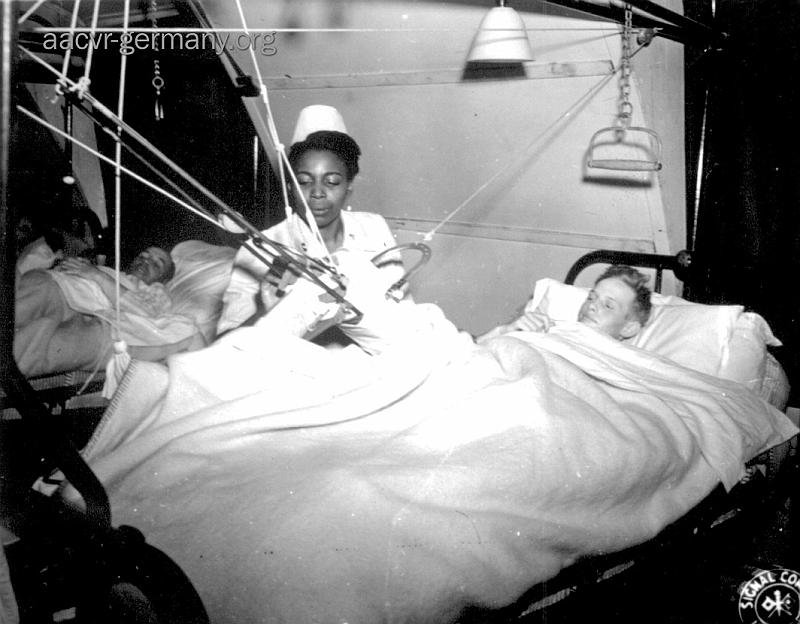
African American Women And The War Effort
In World War II African-American women faced a double challenge; they had to overcome both racial and gender prejudice. Despite continuing hostilities African-American women proofed themselves to be indispensable during the war. They contributed to the war effort at home, aiding in war production and organization, served as US Army nurses, taking care of the wounded, and -for the first time in U.S. history – became members of the armed forces.
In 1941 the U.S. government created the WAAC (Women’s Army Auxiliary Corps), and subsequently converted it into the WAC (Women’s Army Corps), the Navy WAVES (Women Accepted for Volunteer Emergency Service), and the Coast Guard SPARS, allowing women to serve in more than merely supporting functions. From the beginning African-American women participated in these newly created organizations. While their numbers in the Navy WAVES and the Coast Guard SPARS remained relatively small, more than 6,000 African-American women served in the WAC during the war. Like male African-American soldiers they had to work and live in segregated units and they could provide no more than ten percent of personnel.
Comparatively few African-American WACs were given the opportunity to serve abroad; one exception was the all African American, all female 6888th Central Postal Directory Battalion, which arrived in England in 1944. By the end of the war, its commanding officer, Major Charity Adams (seen below in the gallery on image number 7) was the highest-ranking African-American woman in the U.S. forces.
Despite their successes, persisting racial and gender discrimination, strictly enforced quotas and official segregation enticed few African-American women to remain in the military after the war. By June 1948, only four black officers and 121 enlisted still served in the WAC. With Truman’s Executive Order 9981 officially integrating the armed forces, African-American women received new opportunities. Throughout the U.S. military presence in Germany after 1945, African-American women, first in the WAC and since 1978 in the regular armed forces, continued to play an important role in America’s military mission in Europe.
Further Reading:
Bibliography by the Library of Congress
Brief History of Black Women in the Military (Women in Military Service for America Memorial Foundation)
Interview with Essie Woods (woman serving in 6888th Central Postal Directory Battalion)
Ofori, Crystal: “World War II Black Women’s Army Unit Receives Overdue Honors,” in: America.gov (March 5, 2009).
Oral History Program of the Women in Military Service for America Memorial Foundation
The Minerva Center: A Nonprofit Educational Foundation Supporting the Study of Womenin War & Women in the Military
Thomas-Lester, Avis: “Neither Rain, Nor Racial Bias: In WWII, Black Women’s Army Helped Mail on Its Way to GIs,“ in: Washington Post (February 25, 2009).
Women in Army History (U.S. Army Center for Military History)









